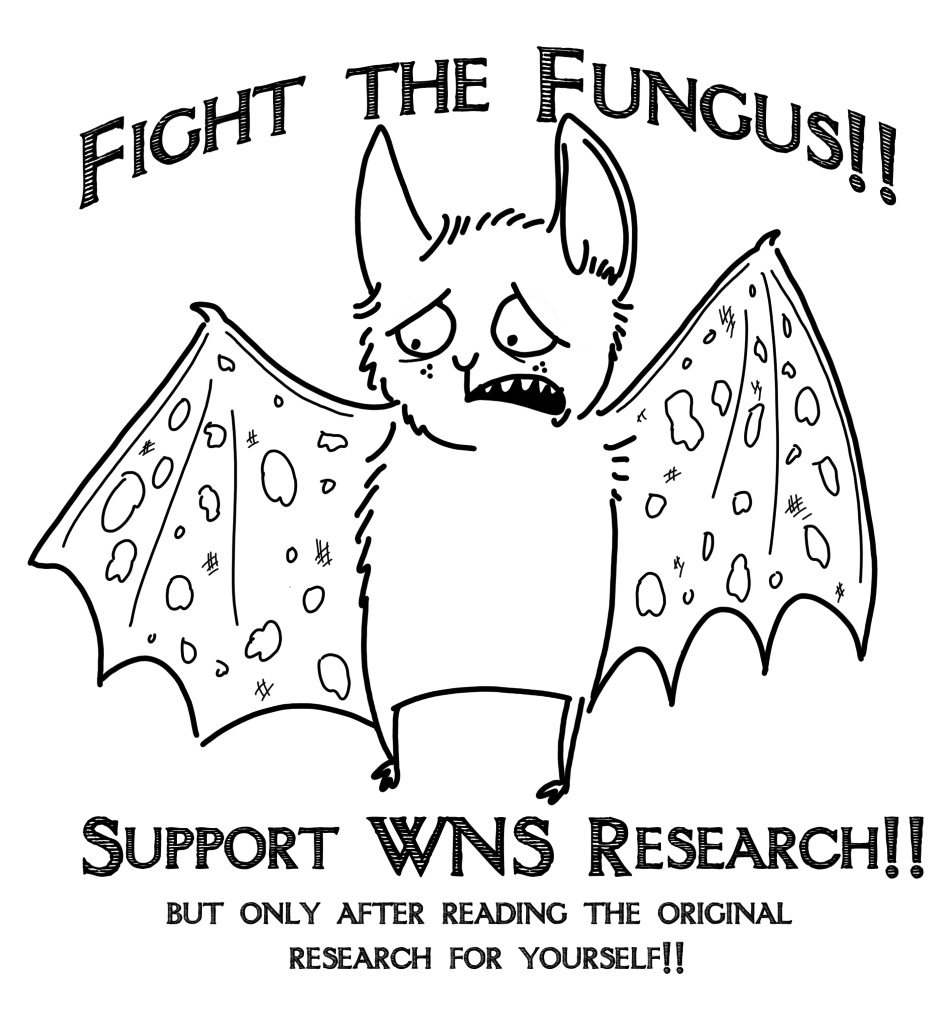Hi everyone! I hope you all had a good week! It’s been a hot one!

I have some news about a treatment being developed to treat White Nose Syndrome. Since 2006, White Nose Syndrome has been killing more and more bats in North America every year. The Little Brown Bat alone has had more than 90% of their populations wiped out. The fungus has been moving west ever since and has now infected bats in 32 states. Luckily, there is some good news. Scientists already know that it is possible for bats to develop immunity to WNS. It has already happened in European bats. It takes many, many generations for this to happen though. Because bats in North America are being killed so quickly, there is an urgent need to find a treatment more rapidly than the evolutionary time necessary to allow bats to develop their own defenses against the fungus. There is some hope.
A group of researchers has been experimenting with a bacterial solution they believe can help. They caught 30 bats and sprayed 16 of them with the solution, which is meant to boost the natural anti-fungal properties that bats already have on their skin. All 30 bats had transponders attached to their wings, so that the researchers could see when the bats left the cave, which would prove that the bats survived the winter. Unfortunately, three of the treated bats and one of the untreated bats were taken out of the experiment because they lost their transponders. In early March, the researchers swabbed the wings of the bats that survived the winter. Six of the treated bats survived with the help of the spray, while only one untreated bat survived. This means that nearly half of the bats that were treated survived, compared to about an 8% survival rate without the spay. This doesn’t seem like much of a win, but it’s better than nothing.
If you would like to read more about this treatment, you can do so here.
